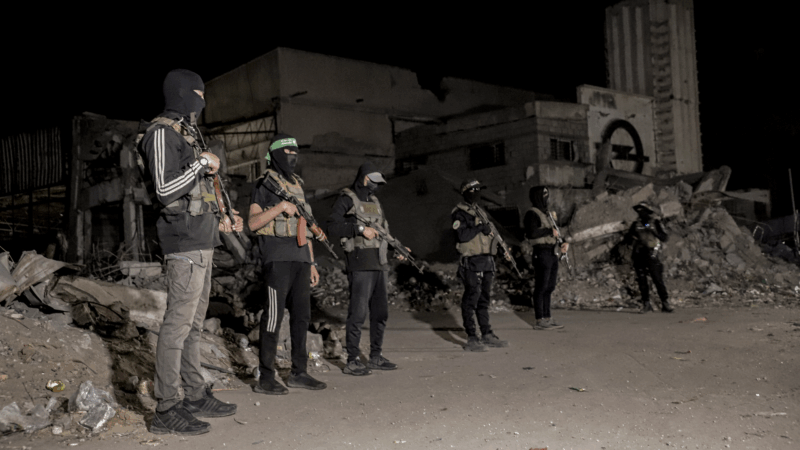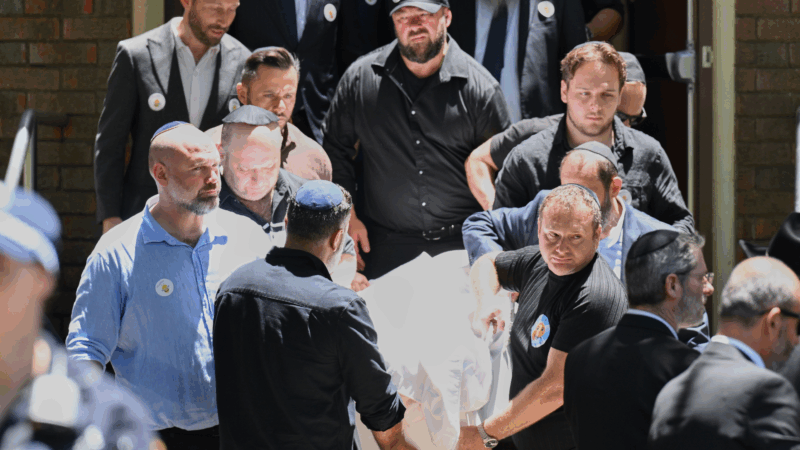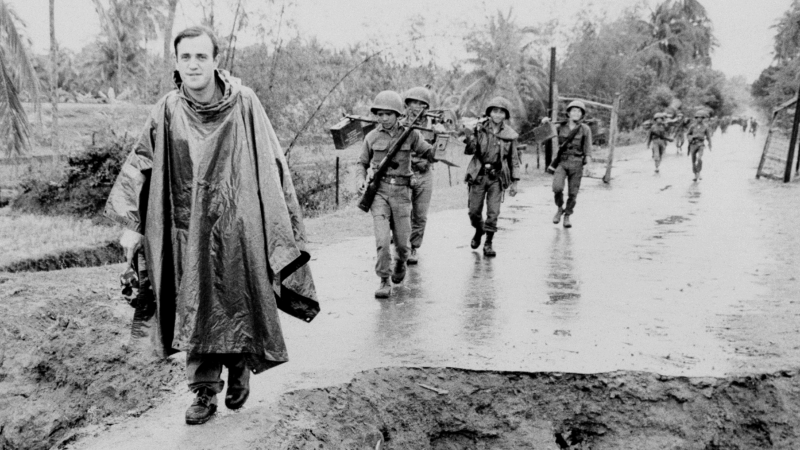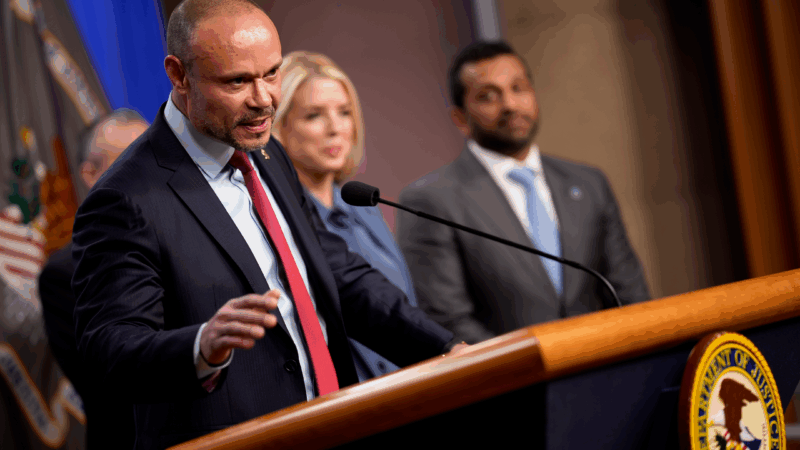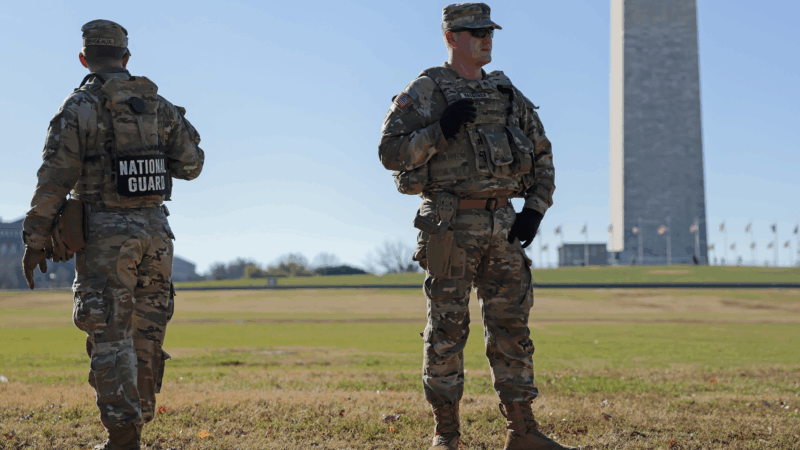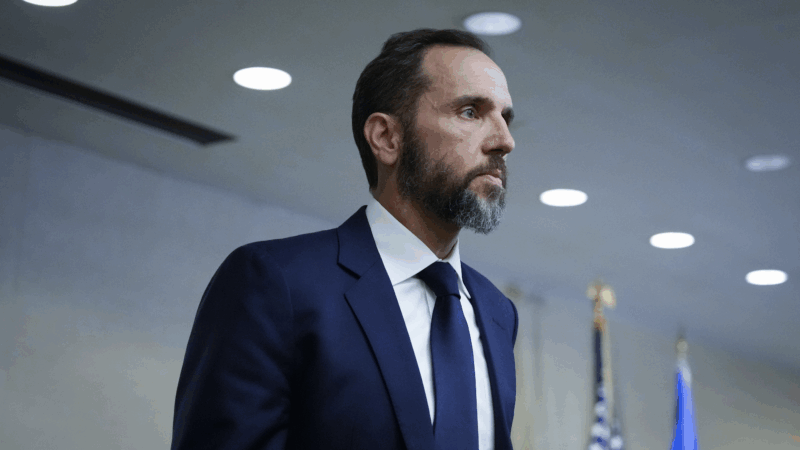Some of the things Gaza needs: A government, security and tools to rebuild
TEL AVIV, Israel — A shaky ceasefire is holding in the Gaza Strip, yet no one can claim to be fully in charge of the shattered territory.
Gaza lacks a functioning government. Hamas is waging street battles with various Palestinian armed factions. Bulldozers and other construction equipment are desperately needed to clear all the rubble left by two years of war, but are in short supply.
And in the open fields outside Gaza’s cities and towns, Israeli troops are keeping watch. They hold just over half of Gaza’s territory and periodically open fire when the troops think Palestinians are coming too close to their positions.
Mkhaimar Abusada, a political science professor from Gaza, said the first phase of the Gaza ceasefire overseen by President Trump was welcomed by both Israelis and Palestinians.
But, he added, “the easy part has been done. The most complicated issues will be in the second stage of this Trump proposal, meaning the governance of Gaza, the demilitarization of Gaza and also rebuilding and reconstruction of Gaza.”
Abusada teaches at Gaza’s Al-Azhar University, but left for Cairo shortly after the war began in October 2023. He wants to return home, but doesn’t think he’ll go back any time soon because the territory is so badly damaged.
The ceasefire plan vs. reality
The Hamas leadership inside Gaza was decimated by the war, and the ceasefire plan calls for a committee of Palestinian technocrats to run the territory on an interim basis.
Egypt says there’s now a list of 15 Palestinians who could serve on the committee, adding that the names have been approved by Hamas and Israel.
However, no names have been announced, it’s not clear when the committee would take over, or how much authority it would have to deal with health care, education, water, electricity and coordination with aid groups.
Hamas says it accepts the stipulation in the ceasefire deal that it won’t be part of a future government in Gaza, but it remains to be seen how this will play out in practice. Many government workers were supportive of Hamas before the war.
Hamas police on the streets
On the critical question of security, Hamas civilian police are already back on the streets. During the war, they had largely kept out of sight to avoid being targeted by Israeli strikes.
Police are handling routine tasks such as traffic duty. However, Hamas members have also waged deadly shootouts with Palestinian clans, which are essentially armed gangs.
In a widely circulated video on social media, Hamas accused eight Palestinian men of collaborating with Israel during the war. The accused were blindfolded and forced to kneel on a busy street. As a large crowd watched, Hamas gunmen executed the men with shots to the back of the head.
The summary executions raised the prospect that Hamas will reassert its authority and scare off any other group that challenges it.
Plan for new Palestinian police
Egyptian Foreign Minister Badr Abdelatty says his country is training some 5,000 new Palestinian policemen for Gaza. The preparations have been taking place in Egypt in recent weeks, though it’s not clear when the new force would come to Gaza, and whether Hamas will accept this new authority.
The ceasefire also calls for Hamas to “decommission” its weapons. President Trump said Tuesday that, “If they don’t disarm, we will disarm them, and it will happen quickly and perhaps violently.”
Yet the Trump administration has also said it won’t send American troops to Gaza. The U.S. is sending 200 troops to Israel. But the mission is to help with planning, coordination and monitoring the ceasefire from a safe distance inside Israel, according to senior U.S. officials who spoke on condition of anonymity to discuss the plans.
The truce agreement calls also for an international stabilization force in Gaza, though no country has yet committed to sending troops to the territory. Any such mission would carry substantial risk if the troops are placed between Israel and Hamas.
The massive challenge of reconstruction
Ten bulldozers have started clearing rubble from main roads in Gaza, one small step in a reconstruction effort that will be measured in years, if not decades.
Gaza City Mayor Yahya al-Sarraj said this part of the cleanup effort was being financed by Qatar, a major donor to Gaza for years.
Trump says he expects wealthy Arab states to provide the rebuilding money — which would include Qatar as well as Saudi Arabia and the United Arab Emirates.
The United Nations predicts the cost of reconstruction in the impoverished territory is a staggering $70 billion. An estimated 90% of the buildings in Gaza have been damaged or destroyed.
Israel and Hamas have clashed repeatedly over the past quarter-century, and parts of Gaza have been rebuilt multiple times. The reconstruction has been slowed due to the ongoing tensions.
Israel places tight restrictions on what goes into Gaza, and often limits or blocks supplies when it says it has information that Hamas is misusing the material.
A leading example is concrete, an essential ingredient for building homes. Yet Hamas used huge quantities of imported concrete to build a vast network of underground tunnels throughout Gaza. Israel insists this won’t happen again.
The rebuilding for the next six months will focus on several basics: removing debris, providing temporary housing, cash-for-work programs and reactivating the banking system.
Yet even these initial steps will require a working government, a sense of stability and enough cooperation with Israel so that building materials can flow into the territory on a regular basis.
NPR’s Anas Baba contributed to this report from Gaza.
For more reporting, analysis and different views of the conflict, go to npr.org/mideastupdates.
Transcript:
ELISSA NADWORNY, HOST:
A fragile ceasefire is holding so far in Gaza, yet the Palestinian territory is already facing urgent questions about its future. Who’s going to govern Gaza, provide security and oversee the monumental job of reconstruction? To see where this is headed, we’re joined by NPR’s Greg Myre in Tel Aviv. Hi, Greg.
GREG MYRE, BYLINE: Hi, Elissa.
NADWORNY: So a very basic question. Who is actually in charge of Gaza right now?
MYRE: Well, at this moment, no one can legitimately claim to be in charge. The ceasefire agreement says Hamas will no longer govern Gaza. And in practice, the Hamas leadership inside the territory was decimated by two years of war. It’s hard to say who are the top officials there anymore. So right now, you essentially have 2 million people in Gaza largely on their own, trying to meet their daily needs of food and shelter. So I spoke about this and the road ahead with Mkhaimar Abusada. He’s a political science professor from Gaza, though he’s been living in Cairo.
MKHAIMAR ABUSADA: The easy part has been done. The most complicated issues will be in the second stage of this Trump proposal, meaning the governance of Gaza, demilitarization of Gaza and also rebuilding and reconstruction of Gaza.
NADWORNY: So who is going to fill this vacuum if no one’s in control?
MYRE: Well, the ceasefire calls for a committee of Palestinian technocrats to run Gaza on an interim basis. Egypt’s foreign minister says there is now a list of 15 people, and he says the names have been approved by Hamas and Israel. However, the names haven’t been announced. And it’s not clear when they’ll take over or how much authority they’ll have to take care of things like health care, education, water, electricity, coordination with aid groups. And, Elissa, as you know, the needs are staggering. And this committee certainly won’t have many resources to work with.
NADWORNY: Would they be in charge of Gaza’s security?
MYRE: So it seems they’ll likely play a role, though we really don’t have any clarity. Right now, the Hamas civilian police, armed with guns, have returned to the streets. And these Hamas policemen have been in deadly shootouts already with some Palestinian clans, which are essentially armed gangs. So the security situation is very volatile.
Now, Egypt says it’s training about 5,000 new Palestinian policemen for Gaza. This training has been taking place in recent weeks in Egypt. It’s not clear when these new policemen might come to Gaza and if Hamas will accept this new authority. The ceasefire does call for Hamas to disarm. And we heard President Trump say yesterday, quote, “if they don’t disarm, we will disarm them. And it will happen quickly and perhaps violently.” But realistically, the U.S. is not going to send troops into Gaza. And Israel couldn’t fully disarm Hamas in two years of war. So Hamas will have to do this voluntarily or it probably won’t happen.
NADWORNY: Right. Well, finally, reconstruction in Gaza is going to be a massive undertaking. I mean, what are we hearing at this point?
MYRE: Well, we’re hearing some huge numbers about the cost of rebuilding. The U.N. has put the figure of $70 billion out there.
NADWORNY: Wow.
MYRE: And Job 1 would just be clearing the destroyed buildings, which have been reduced to mounds of rubble. Now, President Trump says he expects wealthy Arab states to provide the money. He’s probably talking about Saudi Arabia, United Arab Emirates, Qatar. These countries have helped rebuild Gaza in the past. But this time, they haven’t publicly committed money so far. And they’ll want to see Gaza become a little more stable before they’re likely to start pouring money in.
NADWORNY: Yeah, that makes sense. Thank you so much, Greg.
MYRE: Sure thing, Elissa.
NADWORNY: That was NPR’s Greg Myre in Tel Aviv.
Mourners grieve 10-year-old slain in Bondi mass shooting as Australia’s leader pledges new hate laws
Hundreds of mourners bearing bright bouquets and clutching each other in grief gathered at a funeral in Sydney on Thursday for a 10-year-old girl who was gunned down in an antisemitic massacre during a Hanukkah celebration at Bondi Beach.
US announces massive package of arms sales to Taiwan valued at more than $10 billion
The Trump administration has announced a massive package of arms sales to Taiwan valued at more than $10 billion that includes medium-range missiles, howitzers and drones, a move that is sure to infuriate China.
Pulitzer Prize-winning correspondent Peter Arnett has died
Peter Arnett, the Pulitzer Prize-winning reporter who spent decades dodging bullets and bombs to bring the world eyewitness accounts of war from Vietnam to Iraq, has died. He was 91.
FBI Deputy Director Dan Bongino says he will step down in January
Bongino's tenure was at times tumultuous, including a clash with Justice Department leadership over the Epstein files. But it also involved the arrest of a suspect in the Jan. 6 pipe bomber case.
Federal court says troops can stay in D.C., and hints at prolonged deployment
A federal appeals court in Washington, D.C. has ruled that National Guard troops can remain in the city for now. That decision comes after a different federal appeals court ruled that troops must leave Los Angeles earlier this week.
Jack Smith defends his prosecutions of Trump in closed-door session in Congress
The former Justice Department special counsel told the House Judiciary Committee that his team developed "proof beyond a reasonable doubt" that Trump took part in a criminal scheme to overturn the 2020 election.

